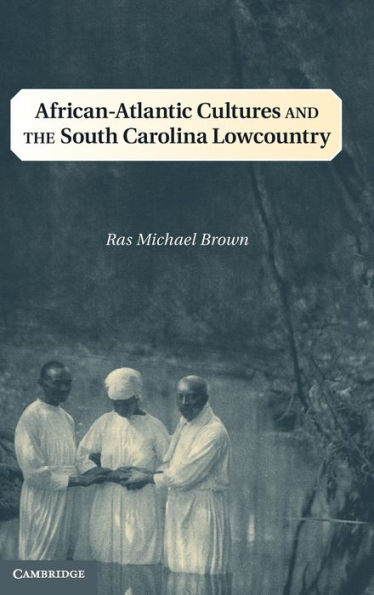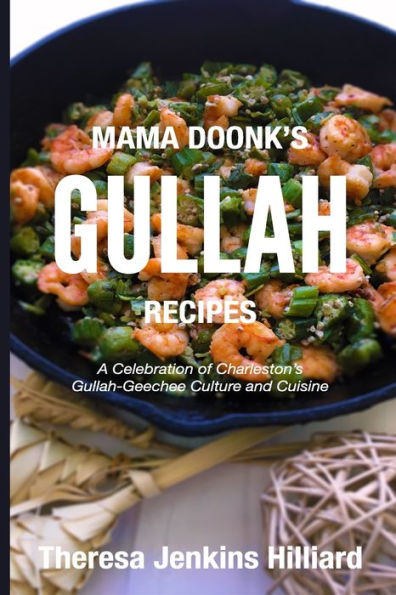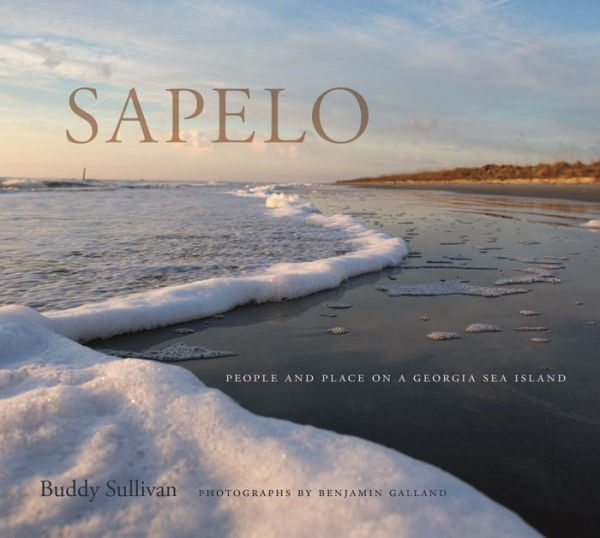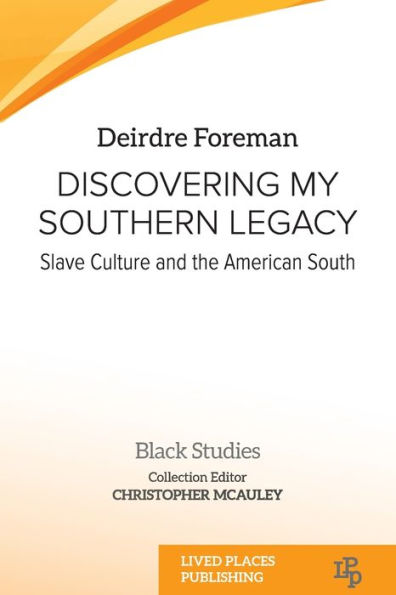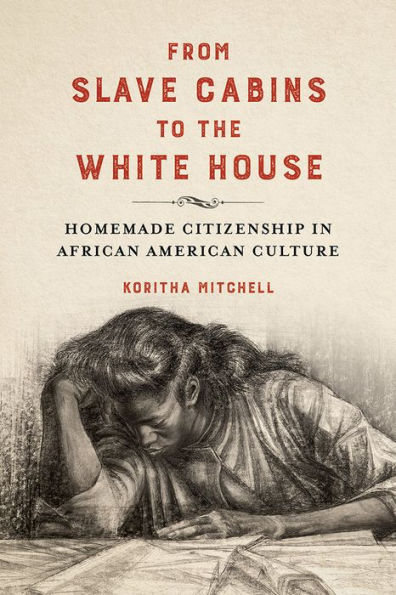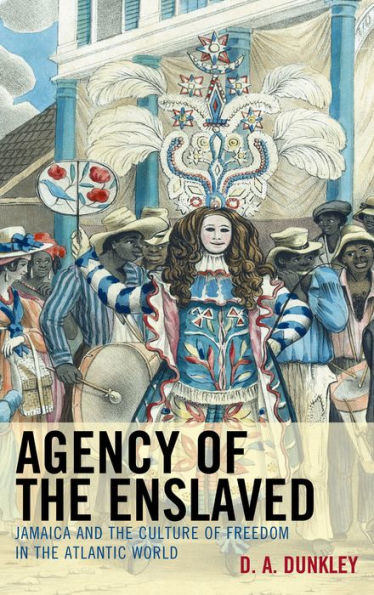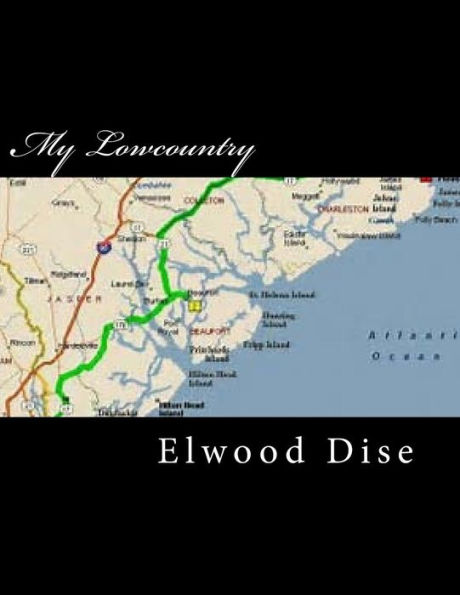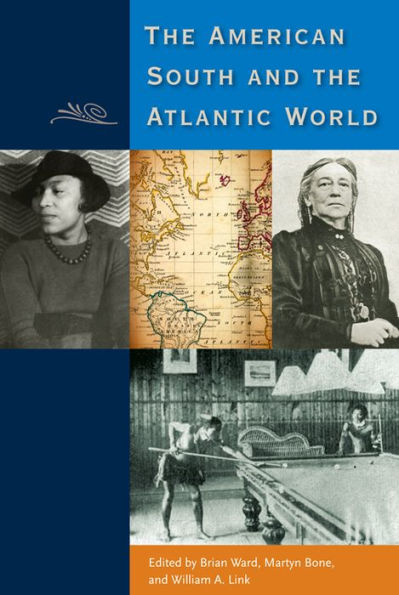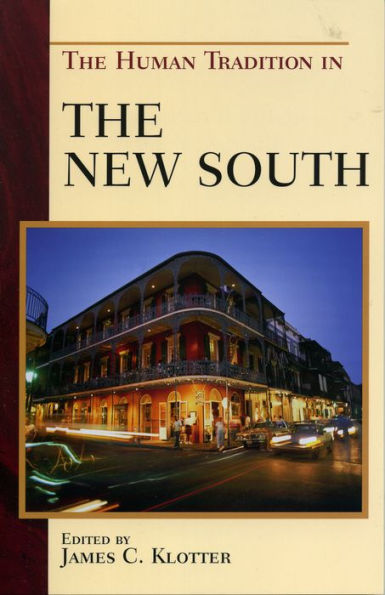Home
Gullah Culture America
Loading Inventory...
Barnes and Noble
Gullah Culture America
Current price: $65.00
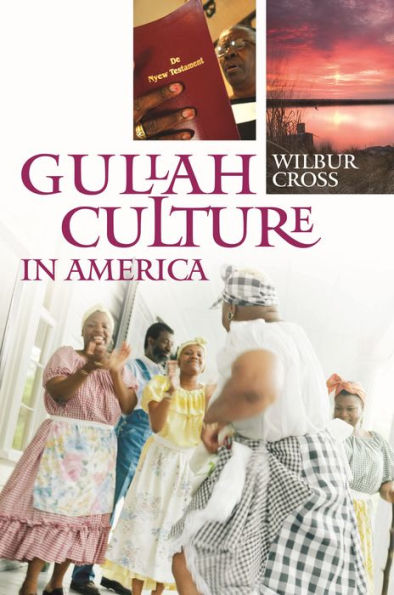

Barnes and Noble
Gullah Culture America
Current price: $65.00
Loading Inventory...
Size: Hardcover
*Product Information may vary - to confirm product availability, pricing, and additional information please contact Barnes and Noble
In 1989, 1998, and 2005, fifteen Gullah speakers went to Sierra Leone and other parts of West Africa to trace their origins and ancestry. Their jourbaney frames this exploration of the extraordinary history of the Gullah culture-characterized by strong African cultural retention and a direct influence on American culture, particularly in the South-described in this fascinating book. Since long before the Revolution, America has had hidden pockets of a bygone African culture with a language of its own, and long endowed with traditions, language, design, medicine, agriculture, fishing, hunting, weaving, and the arts. This book explores the Gullah culture's direct link to Africa, via the sea islands of the American southeast.
The first published evidence of Gullah went almost unrecorded until the 1860s, when missionaries from Philadelphia made their way, even as the Civil War was at its height, to St. Helena Island, South Carolina, to establish a small institution called Penn School to help freed slaves learn how to read and write and make a living in a world of upheaval and distress. There they noticed that most of the islanders spoke a language that was only part English, tempered with expressions and idioms, often spoken in a melodious, euphonic manner, accompanied by distinctive practices in religion, work, dancing, greetings, and the arts. The homogeneity, richness, and consistency of this culture was possible because the sea-islanders were isolated. Even today, there are more than 300,000 Gullah people, many of whom speak little or no English, living in the remoter areas of the sea islands of St. Helena, Edisto, Coosay, Ossabaw, Sapelo, Daufuskie, and Cumberland.
explores not only the history of Gullah, but takes the reader behind the scenes of Gullah culture today to show what it's like to grow up, live, and celebrate in this remarkable and uniquely American community.

